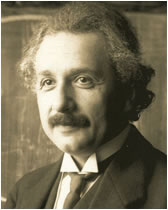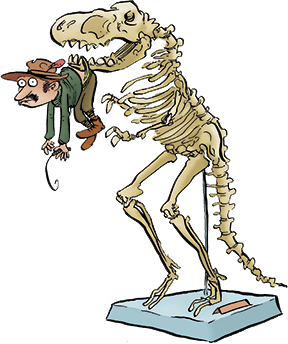Some ideas about Explanations

Einstein was once asked if he thought everything could be put into scientific terms and he replied, “Yes, that is conceivable, but it would make no sense. It would be as if one were to reproduce Beethoven’s Ninth Symphony in the form of an air pressure curve”.
Even when a question can be answered scientifically, there are some situations where a different type of answer seems more appropriate. If for example a bell starts to ring half way through a lesson and the teacher asks, “Does someone know why that bell is ringing?” he or she is not waiting for an explanation which talks about the science behind the sound.
The types of questions science addresses
Explanations in science try to find physical answers to physical questions. Answers to other types of questions are outside the scope of science.
How can you tell whether an explanation is a good explanation
A key think here is that in science, as in other fields, explanations to questions must match the age and level of education/understanding of the person trying to make sense of the explanation. For instance, primary school children might be curious to know how archaeologists work out the ages of dinosaur bones. A full answer would mean explaining isotopes – but an answer that contains complex ideas about atoms is unlikely to keep those young children gripped with excitement. So, educators simplify scientific explanations . . . and if you look in books for young children you will frequently see pictures of atoms that look quite different from what we now know atoms probably look like.
The challenge with offering children these simplifications is that educators are sometimes accused of teaching things that are verging on ‘lies’! That is, ideas that scientists om the past had proposed, but which other scientists disproved later.

So, here’s the thing, do we continue telling ‘lies’ to young children and hope they forget about these ‘lies’ when they get to college and learn the ‘real (hard!) facts’, or . . . do we try to give them the up-to-date, ‘real facts’ about atoms right at the tender age of 8, difficult as this might be?
. . . it’s practically impossible to give 8-year-olds up-to-date explanations about atoms! So, what educators do is . . . tell children the early ‘stories’ about atoms and gradually build up their knowledge, year by year, updating information, often following the historical advances made in atomic structure, until they have a solid foundation for understanding currently accepted explanations about atoms.
(Unfortunately, at about age 8 most people are impressionable and people tend to remember these early images of atoms for pretty much most of their lives – so if there is a right answer to this challenge, no one seems to have found it yet!)